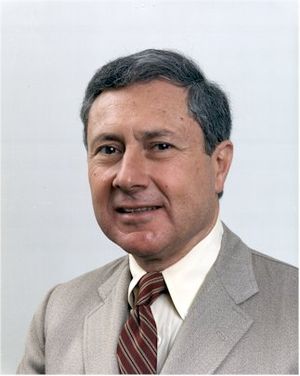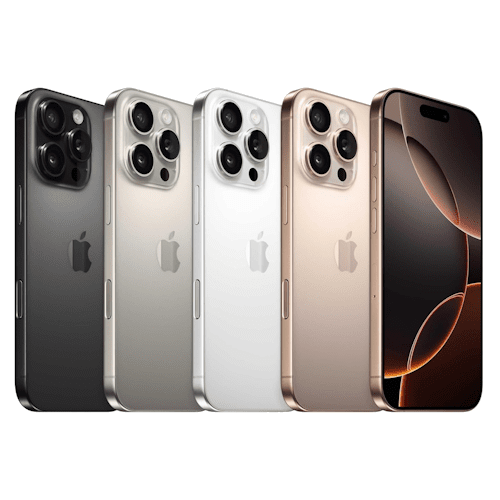April 3, 1973. A date that changed everything.
Picture this: You’re walking down Sixth Avenue in Manhattan when you spot something extraordinary. A man in a suit is holding what looks like a massive brick to his ear, talking into it like it’s a telephone. No wires. No booth. Just a guy having a conversation while strolling down the street.
That man was Martin Cooper, a Motorola engineer who was about to make telecommunications history with the boldest flex in tech history.
The Call That Changed Everything
Cooper pulled out his Motorola DynaTAC prototype—a device that weighed 790 grams (nearly 2 pounds) and stood 10 inches tall. On April 3, 1973, Cooper placed the first public call from a handheld portable cell phone while working at Motorola, from a Manhattan sidewalk, but this wasn’t just any ordinary phone call.
He dialed his biggest rival: Dr. Joel S. Engel, head of research at Bell Labs.
“Joel, this is Marty. I’m calling you from a cell phone – a real, handheld, portable cell phone.”
The silence on the other end was deafening. Because at that moment, Cooper held the only working handheld mobile phone in the world.
The Device That Started It All
The DynaTAC wasn’t just heavy—it was revolutionary. The product accepted by the FCC weighed 28 ounces (790 g) and was 10 inches (25 cm) high, not including its flexible “rubber duck” whip antenna. This wasn’t a phone you slipped into your pocket; it was a statement piece that announced to the world: the future had arrived.
Passersby stopped and stared. Some couldn’t believe their eyes. Here was a man talking into a device that wasn’t connected to anything—no wires, no booth, no landline. Pure science fiction made real.
The Rivalry That Drove Innovation
This wasn’t just about showing off new technology. There was a long race between Motorola and Bell Labs to produce the first portable mobile phone. Cooper’s call wasn’t just a demonstration—it was a declaration of victory in one of tech’s most intense competitions.
While Bell Labs was focused on car phones and centralized systems, Cooper and his team at Motorola believed the future belonged to truly portable, personal communication devices. That April day proved them right.
From Brick to Brilliant
Fast-forward to today, and we’re carrying devices more powerful than the computers that sent astronauts to the moon. The phone in your pocket can access the entirety of human knowledge, capture professional-quality photos, and connect you to anyone, anywhere, instantly.
That journey began with Cooper’s audacious call on a Manhattan sidewalk—a moment when one engineer’s vision of untethered communication became reality.
The Legacy Lives On
From that first 790-gram “brick” to today’s sleek, powerful devices, the mobile revolution continues to reshape how we connect, create, and communicate. Each generation of smartphones builds upon Cooper’s original vision of untethered communication, becoming more sophisticated, more capable, and more integral to our daily lives.
Today’s devices are marvels of engineering that would have seemed impossible in 1973. Yet they all trace their lineage back to that historic moment when Martin Cooper proved that truly portable communication wasn’t just science fiction—it was the future.
Remarkably, Cooper is still alive today and has witnessed the entire evolution of mobile technology—from his revolutionary 790-gram prototype to the ultra-thin smartphones we carry in our pockets. The man who made that first call has lived to see his vision transform the world.
What Do You Think?
Can you imagine carrying around a 790-gram phone today? What do you think Martin Cooper would say about the smartphones we use now? Share your thoughts in the comments below—we’d love to hear what you think about how far mobile technology has come!






